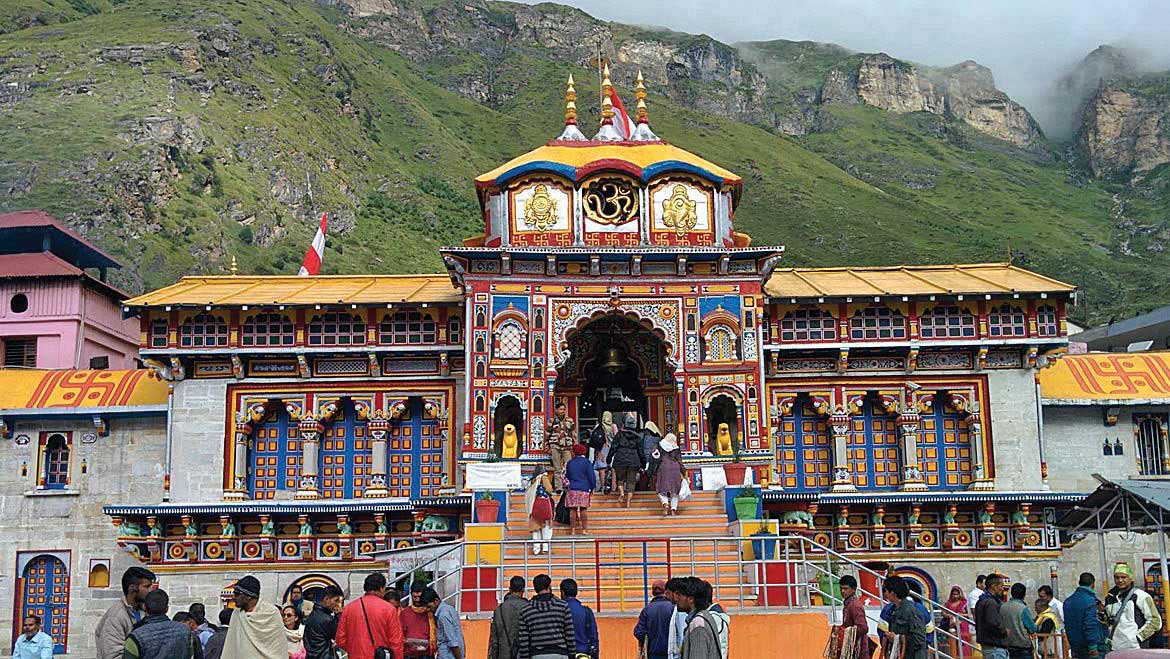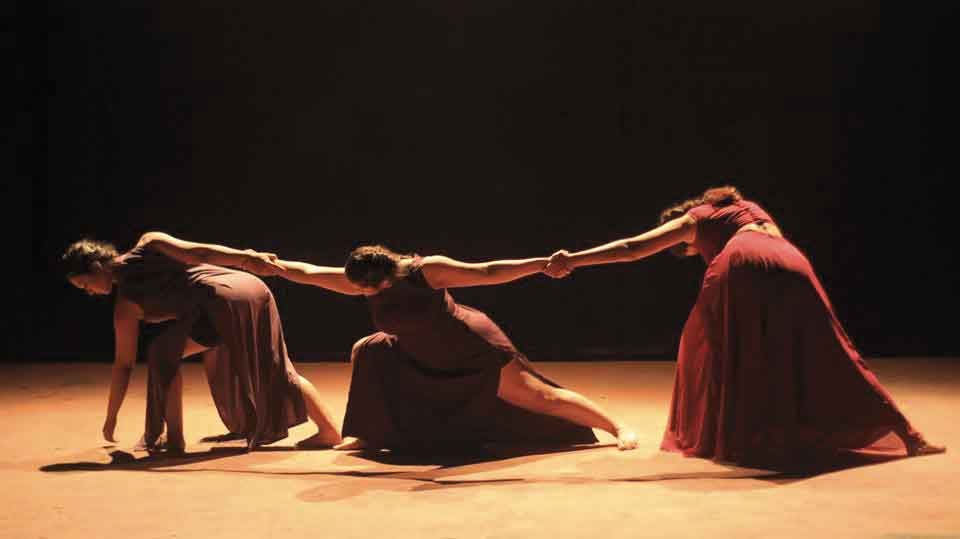It was noontime, hot and humid, and my intrepid photographic partner, Hari Maharjan, and I had just finished researching articles at the Mahagupteshwor Caves and Devi Falls east of Pokhara town. We were cooling ourselves over a cold beverage in the post-monsoon sun. We couldn’t help but throw occasional glances at our next task, The World Peace Pagoda. Far up on the hill line ahead of us was that white, gleaming ever-presence over Pokhara –the Japanese built pagoda or monument. One of over 80 such monuments worldwide dedicated to promoting peace. But to our right hand side were the dominating black skies of the final rains of the year, slowly crawling towards us. We decided to go for it, and to get our last assignment done with.
Up We Go
The path uphill was only a few minutes’ walk from where we were near the entrance to Devi Falls. We paid the shopkeeper, slung our bags and headed down the road to the turn off. We briskly made our way up the steep ascent, ever aware of the growing, malicious clouds. We panted along, cursing and lugging large umbrellas up the hill. Parts of the path were but bare trodden yellow earth, elsewhere it was paved step-ways and, after a while, we came upon the makings of a new road. After about 40 minutes, we had made it up to Pumdi Bhumdi, the village or area where the Peace Pagoda is located. We gazed at the wonders of Phewa Tal and Pokhara town stretching backwards from the shoreline below. The sun shone warm and bright, in stark contrast to the clouds on our left edging ever closer, inch by inch, down from the high Himalayan peaks.
We sat a little for a chiya at one of the few shops and restaurants on the steps of the pagoda, a reward for successfully whipping ourselves up the steep side. A pleasant local man in his late 60s, tall and lean, sporting a Nepali Topi (traditional hat) came along and shared tea with us. We began to glean some of the all-important local knowledge from him. He began to explain how it is predominantly Gurung, Bahun, Damai and Sarki people living in the area. And that if we were interested to stay the night there were five hotels to choose from. One was 20 minutes downhill at the shore from where you can launch or land boats, and just a little further uphill was the better hotel, he said.
We finished sipping our tea and headed up the concrete steps. At the top was The World Peace Pagoda straight in front of us, like a large tiered cream wedding cake with three layers, each layer smaller than the last, the pagoda adorning its top. To our right were buildings where, the local man informed us, were meditation rooms and the dorms for the seven or so monks who lived here. We proceeded to the pagoda, walking first across the pagoda’s helicopter pad. Next came a large platform of marble, where we took off our shoes before proceeding again. We climbed up the first set of steps, looking upwards to one of the four golden Buddhas that adorn the four points of the pagoda, magnetized by its golden color, the only color used other than white.
After reaching the top, we were again gripped by the storm clouds; they were only minutes away. I walked around to inspect the idyllic Buddhas and the pagoda, which had been built by Buddhist monks from the Japanese Nipponzan Myōhōji Buddhist Order. The four Buddhas were: Lumbini, the contribution from Nepal; Boudha Guya from Sri Lanka; Kusinara from Thailand; and finally, coming back round to Ja from Japan.
And Then It Broke
Then it happened, the clouds had begun to wrap around us and purge themselves with great gusto and zeal. We quickly raised our umbrellas, happily taking back our curses at having to lug them up the hill an hour earlier. We said our farewells to our local companion, passing a room with harmonious chanting monks, and went full speed through a forest of hardwoods down the opposite side of the hill to how we had reached the pagoda earlier. So different was it with the forest, vibrating various tones of green, glimmering freshly with the raindrops. Here and there we slid a little on the now wet path. After about 20 minutes, we made it to the hotel on the shoreline and hired a boat to take us across Phewa Tal–for about 250 rupees. In we climbed after the boatman, not for a second letting our arms down from the rain, which was regularly changing from torrential to mild drizzles.
Looking around, we got a new vantage point of the lake, that great spectacle of Pokhara. So often is it viewed on clear days, simply, from the shore. But now, it felt so much more alive, lost on the placid water, vibrating a multitude of circles with every new drop of rain. I felt like a child, lost in a new, unknown and misty world. We stopped at a temple on the lake during the journey back. Women had gathered to perform puja–they, too, had crossed the lake in the rains on their own journey. Bells rung around us, and here and there, fragrant dhoop smoke would waft across our nostrils. We cast a look up to the now enveloped Peace Pagoda, smiled, and continued on across to Pokhara’s Damside.
Saying our Namastes to the boatman, we made our way back to our hotel rooms and had ourselves long hot showers to get the day and the damp out of our system, finally resting our frames before taking the road back to our loved ones. We were happy and feeling at peace with the world.
Pat Kauba is a freelance writer and photographer. He can be contacted at patkauba@gmail.com.











